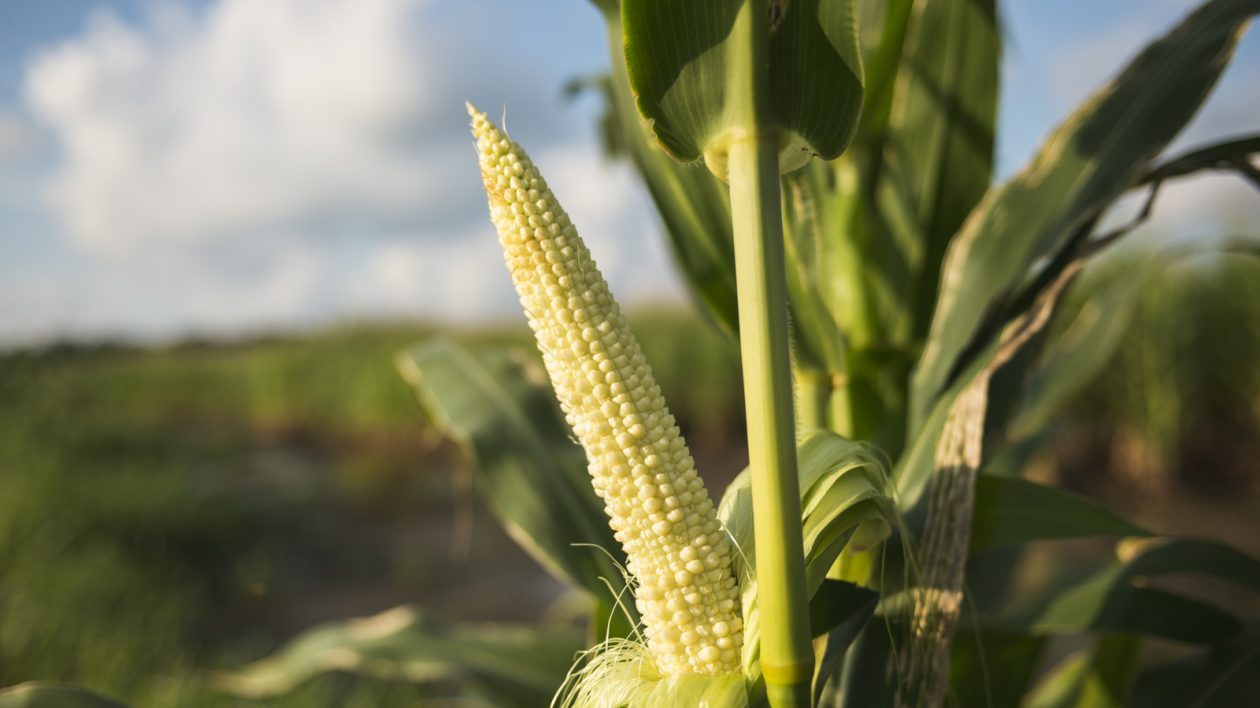Why do some conservation strategies succeed, while others fail? And how do we connect research to actual results on the ground?
Wiley recently announced a new journal, Conservation Science & Practice, that will feature research trying to answer some of these questions. The journal will focus on papers addressing the policy, planning, and practice of conserving biological diversity, with a particular emphasis on research that connects findings to conservation outcomes to address which strategies succeed or fail.
To learn more, we sat down with one of the journal’s editors, Sheila Reddy, who is an associate director of strategic initiatives at The Nature Conservancy.

Sheila Reddy
Associate Director of Strategic Initiatives
Sheila helps manage the full portfolio of strategies across The Nature Conservancy. She also supports the development of individual strategies through behavioral economics research.
Q: Tell me about Conservation Science & Practice?
A: The journal is about solution-oriented, science-based conservation. It will be a place to go to find out which strategies work and which don’t, and why. It will also be a place to learn about how others in the field are doing planning and protection or influencing policies and practices. The range of knowledge it intends to capture will span from practical experience to advances in theory.
Q: How does this publication intersect with The Nature Conservancy’s work?
A: The Conservancy is dedicated to tangible, lasting results and to a science-based approach, so this journal couldn’t be more aligned with our approach and our work!
Strategies are a coherent set of actions aimed at contributing a material outcome. This means that in order to develop, implement, and scale strategies we need to test the many assumptions – the links between actions and outcomes – that make up a strategy’s theory of change. This journal will be interested in results that help us know whether or not a conservation action is leading to the desired intermediate result or outcome. Put another way, results that help us know whether our theory of change is right or wrong.
For example, the Conservancy is working with the North America Soil and Nutrient Strategy to test ways to promote soil health practices by engaging rented farmland owners. One assumption or hypothesis we are testing is that landowners will respond well to messages about economic benefits or win-win messages about economic and environmental benefits. Well, it turns out that actually they respond best to a simple message of “What is soil health?” The economic benefit message actually was the worst. This is important because economic or win-win economic and environmental messages are now widely used in conservation.
Another example might be more related to how a strategy team does its work and with whom. For instance, many conservation strategies now depend on forming partnerships and co-developing decision tools. It would be really useful to share knowledge from specific case examples about what works and what doesn’t work. For example, what is the “secret sauce” to Development by Design or Smart Infrastructure partnerships?

Q: How does this journal fill a gap in the conservation publishing landscape?
A: The gap it fills is in providing a place to share actionable findings from and for the practice of conservation. Other journals do not emphasize the connection between evidence and tangible outcomes in such a deliberate way. Also, other journals’ focus on academic novelty or generality means that very useful studies on specific species, ecosystems, or situations may get overlooked.
Q: Who else is on the editorial board?
A: The Editor-in-Chief, Mark Schwartz from UC-Davis has assembled a diverse board of 18 editors. The editors come from universities, government agencies, and international and local NGOs across the world. In total, 7 countries are represented. The editors also have a range of disciplinary expertise from the natural to social sciences. Three other Conservancy colleagues are also on the board: Yuta Masuda, a senior sustainability and behavior scientist, Sara Gottlieb, the director of freshwater science and strategy for the Georgia chapter, and James Fitzsimons, the director of conservation for the Australia program.
Q: What should scientists interested in submitting a paper know?
A: We’re already accepting submissions for our January 2019 issue. The journal will have a format called “Practitioner Dispatches.” These will be short submissions focused on sharing lessons learned from implementing conservation actions. The submissions should have a two-bullet abstract, a brief background of the context (300 words), and a synthesis of the outcomes (1000 words).
We’re encouraging submissions of both successes and failures because we can learn a lot from both, and failures are often not shared. This format should be an exciting, new outlet for reporting out our work across the Conservancy.




Join the Discussion